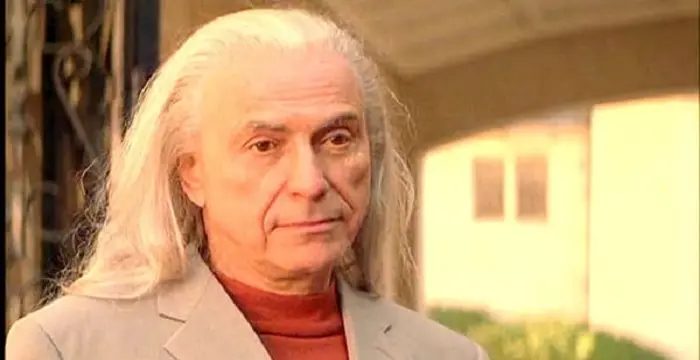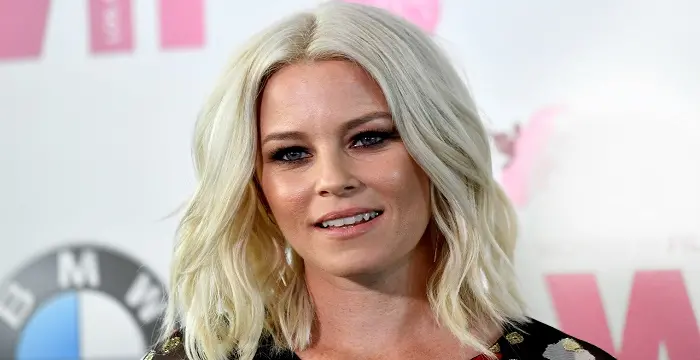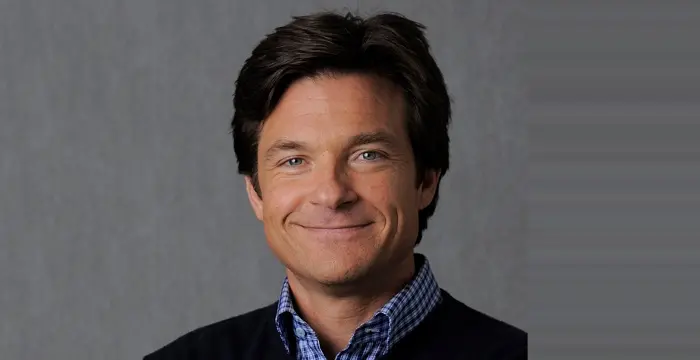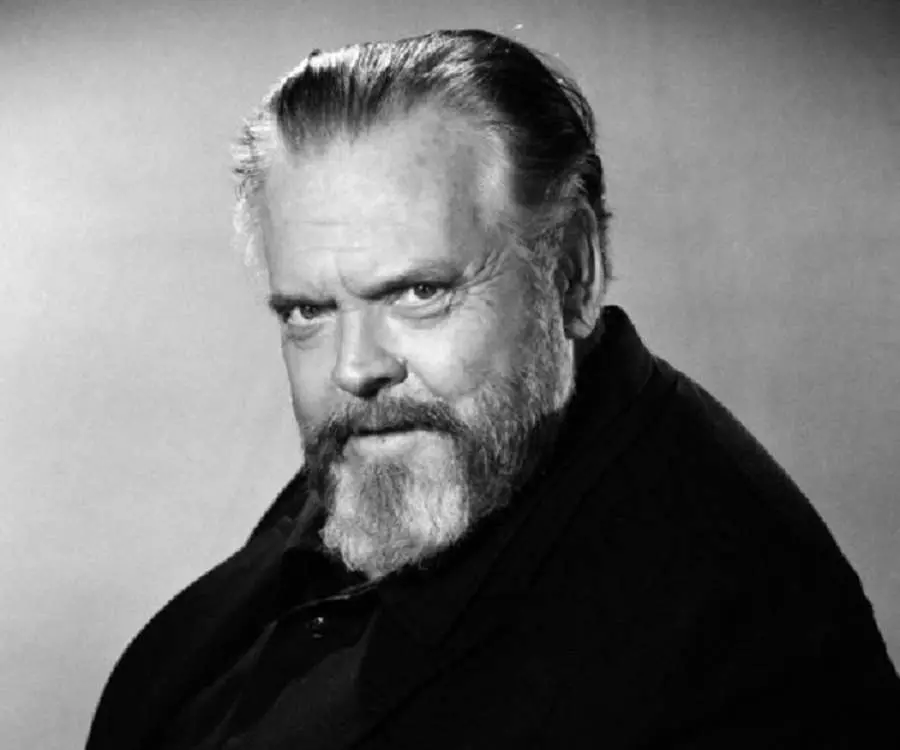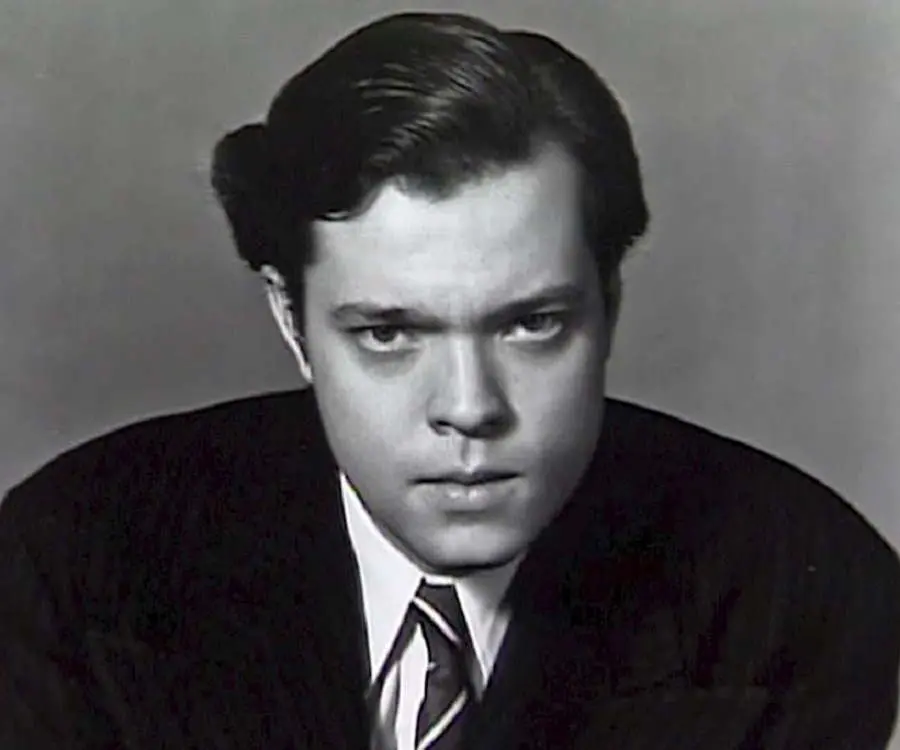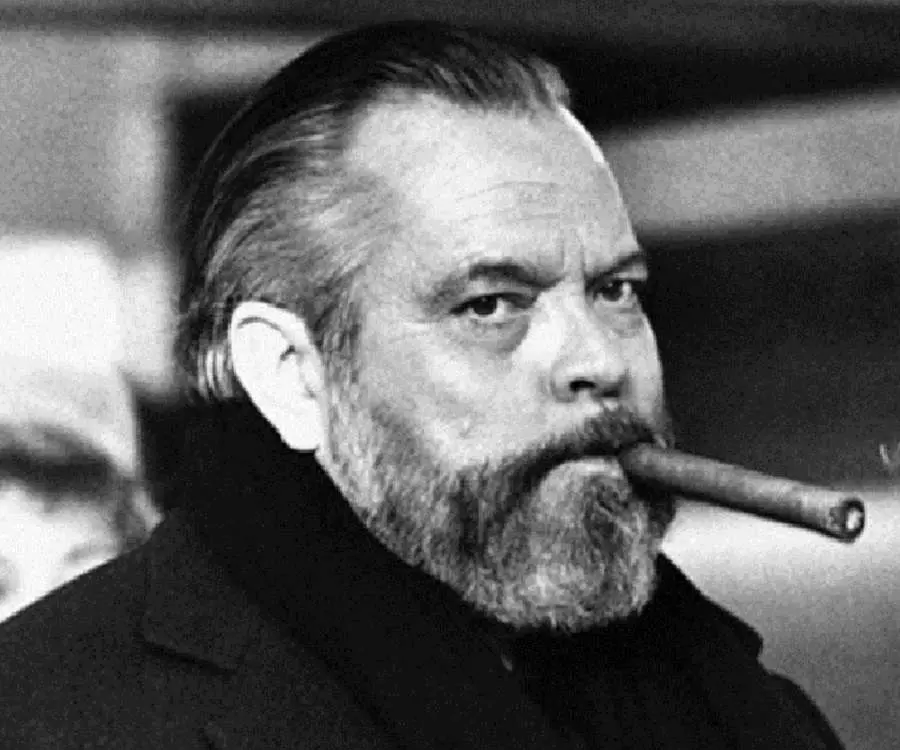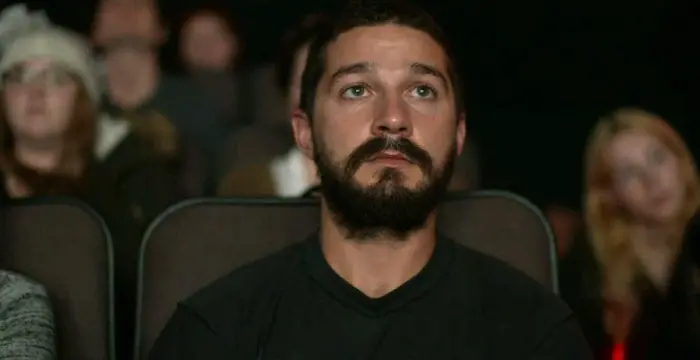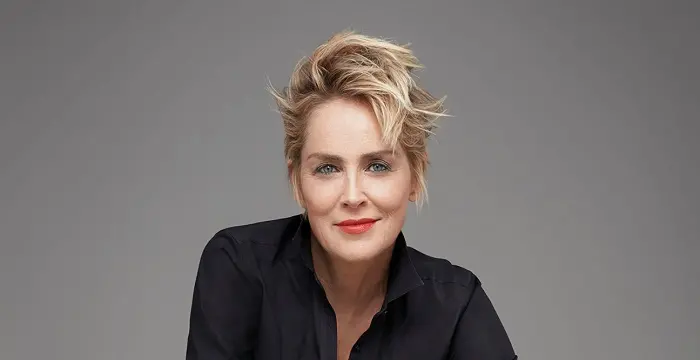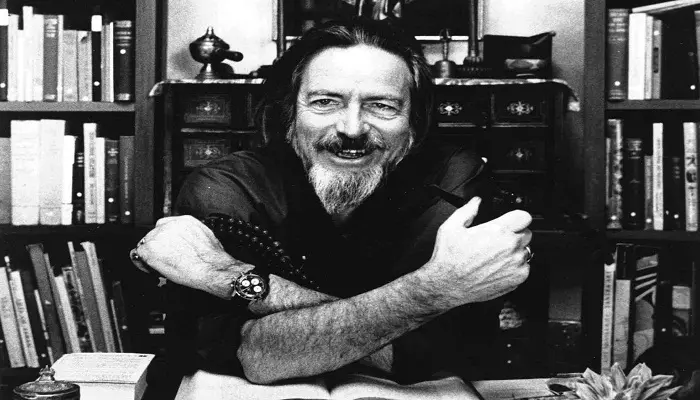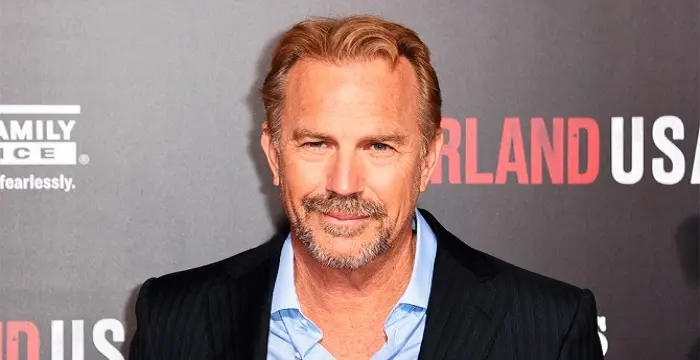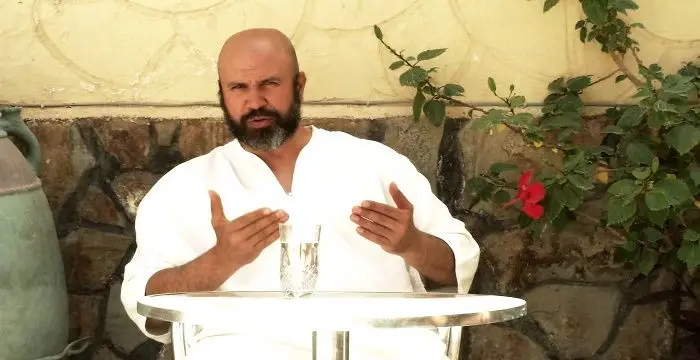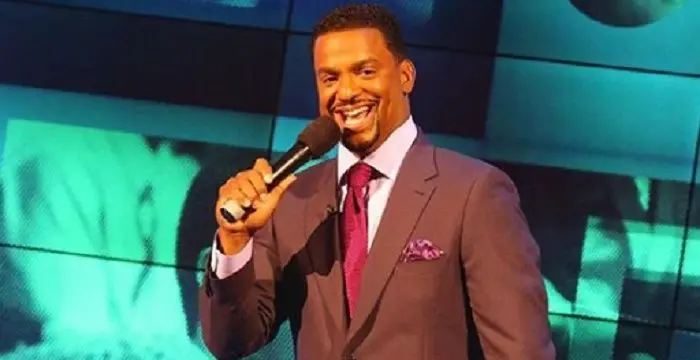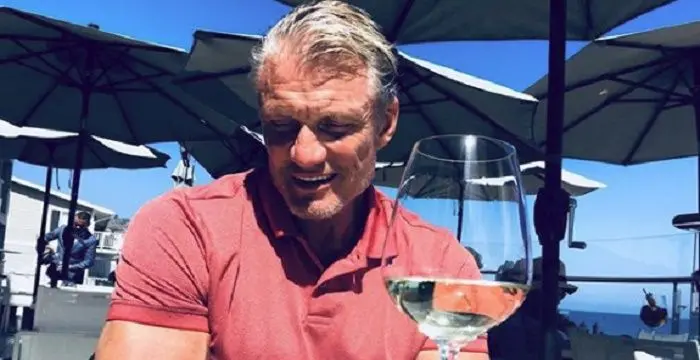
Orson Welles - Directors, Timeline and Personal Life
Orson Welles's Personal Details
Orson Welles was an American actor, director and writer
| Information | Detail |
|---|---|
| Birthday | May 6, 1915 |
| Died on | October 10, 1985 |
| Nationality | American |
| Famous | Film & Theater Personalities, Actors, Directors, ENFP, Directors |
| Spouses | Rita Hayworth |
| Siblings | Dickie Welles |
| Known as | George Orson Welles |
| Childrens | Beatrice Welles, Christopher Welles Feder, Michael Lindsay-Hogg, Rebecca Welles |
| Universities |
|
| Founder / Co-Founder |
|
| Birth Place | Kenosha |
| Religion | Catholicism |
| Height | 187 |
| Gender | Male |
| Father | Richard Head Welles |
| Mother | Beatrice Ives |
| Sun Sign | Taurus |
| Born in | Kenosha |
| Famous as | Actor and Director |
| Died at Age | 70 |
// Famous Directors
Alan Arkin
Alan Arkin is an Oscar winning actor, director, comedian, musician and singer. Check out this biography to know about his childhood, life, achievements, works & timeline.
Elizabeth Banks
Elizabeth Banks is a contemporary American actress, director, and producer. Explore the biography below to know about her childhood, life, career, achievements and timeline.
Jason Bateman
Jason Bateman is an American actor, director and film producer. This biography profiles his childhood, early life, career, major works, awards, personal life, achievements and timeline.
Orson Welles's photo
Who is Orson Welles?
Orson Welles was an American actor, director and writer, who is known for his remarkable contribution to the mediums of theatre, radio and films. Since his father was an alcoholic and mother died early he had a very troubled childhood and had his first sense of belonging at Todd Seminary where he was enrolled at the age of eleven. There he was initiated into the world of drama by his teacher Roger Hill. Soon after passing out he went to United Kingdom and appeared for audition claiming to be a Broadway star. He made his stage debut at the age of sixteen at Dublin and came back to USA at the age of eighteen to start a career in acting in a repertory theatre group. He supplemented his income from the stage with radio shows and gradually became a popular figure both at stage and radio. However, radio remained his favorite till the very end and it was his radio show ‘The War of The World’, which introduced him to Hollywood. Unfortunately, film industry was not kind to him in the beginning. Although he had produced master pieces like ‘Citizen Kane’ at the very start, it took him many years to gain acceptance in Hollywood.
// Famous Actors
Jacob Elordi
Jacob Elordi is an Australian actor. Let’s take a look at his childhood, family, personal life, career, etc.
Wentworth Miller
Wentworth Miller is an American actor and screenwriter who achieved recognition for his role in the TV series ‘Prison Break’.
Shemar Moore
Shemar Moore is a model turned actor best known for his role in the television series ‘The Young and the Restless’. This biography of Shemar Moore provides detailed information about his childhood, life, achievements, works & timeline.
Childhood & Early Life
Orson Welles was born on May 6, 1915 in Kenosha, Wisconsin. His father, Richard Head Welles, made money by inventing carbide lamp for bicycles. His mother, Beatrice Ives Welles, was a pianist. He had an elder brother named Richard Ives (Dickie) Wells.
Orson had a very troubled childhood. Although they were quite rich in the beginning, his father’s business began to falter soon after his birth and they moved to Chicago in 1919. His parents separated sometime after this and he was brought up by his mother, who supported him by playing piano.
After his mother’s death in 1924 Orson was put under the custody of his alcoholic father. Initially he was admitted to a public school; but later in 1926 he was enrolled at Todd Seminary for Boys. Here his latent talents were nurtured by his teacher Roger Hill.
In 1927, Welles became a member of the Todd Troupers and began to stage both classical and modern plays. Soon he became the director of productions at Todd and produced around thirty plays in three years.
Welles’ father died in the end of 1930 and Chicago doctor Maurice Bernstein, who was also a family friend, became his guardian. Welles continued his studies at Todd and passed out in 1931.
Career
Although Orson Welles received a scholarship from Harvard he did not join the institute. Instead he travelled to Dublin. Here he claimed to be a Broadway star and walked into Gate Theatre for an audition.
Although the manager did not believe him, he was impressed by his impassionate audition. Thus Wells made his stage debut in 1931 appearing as the Duke of Württemberg in a stage adaptation of Lion Feuchtwanger’s novel ‘Jew Süss’.
Welles spent a year in Dublin acting both for Gate Theatre and Abbey Theatre. At the same time he wrote newspaper columns, designed sets and directed plays.
In 1932, he went to London, but could not get the required work permit. Therefore, he travelled to Morocco and Spain before reaching United States in 1933. He used the time to write books on Shakespeare, which remained in print for several decades.
In New York, he met Katherine Cornell, who hired put him for her repertory theatre. Beginning November 1933, Welles toured with them enacting ‘Romeo and Juliet’, ‘The Barretts of Wimpole Street’ and ‘Candida’.
Finally in December 1936, he made his New York debut as Tybalt in Katherine Cornell’s revised production of ‘Romeo and Juliet’. His acting impressed theatrical producer John Houseman, who cast nineteen year old Welles in the lead role in ‘Panic’, a verse play by Archibald MacLeish.
Simultaneously, Welles began supplementing his income by acting over the radio in Manhattan. As the WPA Federal Theatre Project began in the middle of 1930s Welles joined Houseman to produce a number of innovative productions like ‘Voodoo Macbeth’, ‘Horse Eats Hat’, ‘Doctor Faustus’ etc.
Simultaneously, he also produced plays like ‘The Second Hurricane’ and ’The Cradle Will Rock’ outside WPA. Later in November 1937, he broke with the organization to establish Mercury Theatre. They began with a modern adaption of Shakespeare’s ‘Julius Caesar’ and then went on to produce ‘The Shoemaker’s Holiday’, ‘Heart Break House’, ‘Danton’s Death’ etc.
Side by side, he worked extensively in radio. He was not only the actor, but also writer, director and producer of these programs. ‘The March of Time’, ‘Hamlet’, ‘The Fall of The City’, ‘Les Misérables’, and ‘The Shadow’ were some his important radio works of this period.
While each of these programs became highly popular it was ‘The War of The World’, which made him famous as dramatist. Soon offers from Hollywood began to pour in and after some hesitation he signed a contract with RKO Pictures in August, 1939.
After rejecting the two initial proposals, Welles ultimately made his Hollywood debut in 1941 with ‘Citizen Kane’. He was co-author, producer, director and the star of the film. It opened to rave reviews and received nine Oscar nominations.
His second feature film, which he wrote, directed and starred, was ‘The Magnificent Ambersons’. Along with shooting this film, Welles also produced a CBS Radio series called ‘The Orson Welles Show’.
However, while ‘The Magnificent Ambersons’ was on the editing table, Welles started working on ‘Journey into Fear’. But, before he made much progress he had to make a trip to Rio de Janeiro to do a documentary, titled ‘It’s All True’.
When he returned he discovered that RKO had started meddling with both the productions. Ultimately, he disowned ‘The Magnificent Ambersons’. He requested for funds to complete ‘It’s All True’; but apart from a few roles of black and white film and a silent camera he did not get much help and so had to quit.
On top of that RKO Studio began to circulate that Welles was difficult to work with and did not have any notion about budget. It more or less killed all prospects for Welles in Hollywood and so he went back to his radio show.
In 1943, Welles made two radio series for entertainment of the American soldiers fighting in the World War II. In addition, he also starred in an adaption of ‘Jane Eyre’ and in ‘Tomorrow is Forever’. But it was not until 1946, he was given a chance to direct any movie.
In 1946, Welles completed ‘The Stranger’ within record time and within budget. The cost of the film was $1.034 million and it grossed $3.216 million within fifteen months. Although it was a box office success, he did not get anymore offer.
He returned to New York to direct a Broadway musical titled ‘Around the World’ a stage adaption of Around the World in Eighty Days by Jules Verne. However, to run the show he had to borrow money, which he could never recoup
To make up the loan he began shooting ‘The Lady from Shanghai’ for Color Pictures free of cost. Although the film (released in 1947) was appreciated in Europe and later was considered a classic, it did not run in the USA then.
His next film ‘Macbeth’ (1948) too failed at the box office. Welles now left for Europe and remained there till 1956 sustaining himself through acting. He soon saved enough money and in 1948 started filming ‘Othello’, stopping to act when the funds ran low.
Ultimately it was completed in 1952 and shown at Canes, where it received top billing. ‘Black Rose’ (1950) and ‘Mr. Arkadin’ (1955) are two more important works of this period. Besides, he also created two television series for BBC in this period. They are ‘Orson Welles Sketch Book’ and ‘Around the World with Orson Welles’.
Welles returned to Hollywood in 1956 and in the same year directed a television pilot called ‘The Fountain of Youth’. In 1957, he co-starred in ‘Man in the Shadow’, a crime film directed by Jack Arnold. Then in 1958, he wrote, directed and co-starred another crime thriller titled ‘Touch of Evil’.
He returned to Europe in 1959 to co-star in British adventure film ‘Ferry to Hong Kong’. This was followed by ‘Crack in the Mirror’ (1960) and ‘The Tartars'. At the same time, he started working on Don Quixote.
In 1962, Welles wrote, directed and starred ‘The Trial’, which according to him was the best film he had ever made. His ‘Chimes in Midnight’ (1966) was another significant work in this period, which he wrote, directed and starred.
In addition, he acted in number of well-known films like ‘Is Paris Burning?’(1966), ‘A Man for All Seasons’ (1966), ‘Casino Royale’ (1967), 'Battle of Neretva' (1969), ’The Kremlin Letter’ (1970), ‘Catch-22’ (1970), ‘Get to Know Your Rabbit’ (1972), ‘F for Fake’ (1973) etc.
Incidentally, ‘F for Fake’ was the last major film that he had co-written, directed and starred. Also from 1970 to 1976 he worked to finish his unfinished project, ‘The Other Side of the Wind’, but could not succeed.
In 1975, Welles went back to Hollywood. This time he got plenty of work and remained busy till his death. His last film appearance was in ‘Someone to Love’ and his last television appearance was in ‘Moonlighting’.
The last project that he had been working on was an American animated feature film titled, ‘The Transformers: The Movie’. In this film, he gave the voiceover for a planet eating robot called Unicorn.
Major Works
According to Welles, ‘The Trial’, made in 1962, was his best film. However, critics consider ‘Citizen Kane’, based on the life of American newspaper publisher William Randolph Hearst, to be the greatest film of all time. It has been ranked No. 1 on AFI's 100 Years...100 Movies list twice; first in 1998 and then in 2007.
Awards & Achievements
‘Citizen Kane’, coauthored, directed and starred by Welles, received the New York Film Critics Circle Award for Best Picture in 1941. The film also received nine Academy nominations; but only won in the Original Screenplay category. It is believed that the film would have won more awards, but for the block voting by screen extras.
In 1942, The National Board of Review voted ‘Citizen Kane’ to be the Best Film of 1941 and recognized Welles for his performance.
He also won the Palme d'Or for ‘Othello’ at the 1952 Cannes Film Festival.
In 1966, ‘Chimes at Midnight’ won the 20th Anniversary Prize, the Technical Grand Prize and the Citizens Writers Circle Award for Best Film (Spain).
In 1984, he was presented with the D. W. Griffith Award by the Directors Guild of America and in 1985 he received the Career Achievement Award from the National Board of Review.
Personal Life & Legacy
Orson Wells first married actress Virginia Nicolson on November 14, 1934. The couple had a daughter named, Christopher Welles Feder, born in 1938. However, the marriage ended in a divorce in February 1940 because Virginia came to known that Welles was secretly having an affair with Dolores Del Rio since 1938.
Welles affair with Dolores ended in 1941. By then, he had started having an affair with Rita Hayworth. Subsequently, the two married in September 1943. Their daughter Rebecca Welles Manning was born in December 1944. Although he had great regards for her till his end the couple divorced in 1947.
In 1955, Welles married Italian actress Paola Mori. They had a daughter, Beatrice Welles, born in November 1955. Although they remained married till his death, from 1966, Croatian-born artist and actress, Oja Kodar, became Welles' longtime companion and they lived together.
Welles died in the morning of October 10, 1985 from heart attack. The evening before, he had recorded his final interview on the syndicated TV program, The Merv Griffin Show. On returning home, he worked into the early hours typing stage directions for a shoot scheduled for the following day.
The next morning he was found dead by his chauffer. In accordance to his wills, his remains were cremated and a brief private funeral was held
// Famous ENFP
Shia LaBeouf
Shia LaBeouf is one of the most popular American film and television actors. This biography profiles his childhood, career, works, achievements, life and timeline.
Sharon Stone
Sharon Stone is a Golden Globe Award winning American actress and former model. Read this biography to learn more about her childhood, profile, life and timeline.
Alan Watts
Alan Watts was a famous British philosopher known for his Zen teachings and interpretations of Eastern philosophy. Read more about this great philosopher in the following article.
Orson Welles's awards
| Year | Name | Award |
|---|---|---|
Academy Awards(Oscars) | ||
| 1942 | Best Writing, Original Screenplay | Citizen Kane (1941) |
Orson Welles biography timelines
- // 6th May 1915Orson Welles was born on May 6, 1915 in Kenosha, Wisconsin. His father, Richard Head Welles, made money by inventing carbide lamp for bicycles. His mother, Beatrice Ives Welles, was a pianist. He had an elder brother named Richard Ives (Dickie) Wells.
- // 1919Orson had a very troubled childhood. Although they were quite rich in the beginning, his father’s business began to falter soon after his birth and they moved to Chicago in 1919. His parents separated sometime after this and he was brought up by his mother, who supported him by playing piano.
- // 1924 To 1926After his mother’s death in 1924 Orson was put under the custody of his alcoholic father. Initially he was admitted to a public school; but later in 1926 he was enrolled at Todd Seminary for Boys. Here his latent talents were nurtured by his teacher Roger Hill.
- // 1927In 1927, Welles became a member of the Todd Troupers and began to stage both classical and modern plays. Soon he became the director of productions at Todd and produced around thirty plays in three years.
- // 1930 To 1931Welles’ father died in the end of 1930 and Chicago doctor Maurice Bernstein, who was also a family friend, became his guardian. Welles continued his studies at Todd and passed out in 1931.
- // 1931Although the manager did not believe him, he was impressed by his impassionate audition. Thus Wells made his stage debut in 1931 appearing as the Duke of Württemberg in a stage adaptation of Lion Feuchtwanger’s novel ‘Jew Süss’.
- // 1932 To 1933In 1932, he went to London, but could not get the required work permit. Therefore, he travelled to Morocco and Spain before reaching United States in 1933. He used the time to write books on Shakespeare, which remained in print for several decades.
- // Nov 1933In New York, he met Katherine Cornell, who hired put him for her repertory theatre. Beginning November 1933, Welles toured with them enacting ‘Romeo and Juliet’, ‘The Barretts of Wimpole Street’ and ‘Candida’.
- // Dec 1936Finally in December 1936, he made his New York debut as Tybalt in Katherine Cornell’s revised production of ‘Romeo and Juliet’. His acting impressed theatrical producer John Houseman, who cast nineteen year old Welles in the lead role in ‘Panic’, a verse play by Archibald MacLeish.
- // Nov 1937Simultaneously, he also produced plays like ‘The Second Hurricane’ and ’The Cradle Will Rock’ outside WPA. Later in November 1937, he broke with the organization to establish Mercury Theatre. They began with a modern adaption of Shakespeare’s ‘Julius Caesar’ and then went on to produce ‘The Shoemaker’s Holiday’, ‘Heart Break House’, ‘Danton’s Death’ etc.
- // 1939While each of these programs became highly popular it was ‘The War of The World’, which made him famous as dramatist. Soon offers from Hollywood began to pour in and after some hesitation he signed a contract with RKO Pictures in August, 1939.
- // 1941After rejecting the two initial proposals, Welles ultimately made his Hollywood debut in 1941 with ‘Citizen Kane’. He was co-author, producer, director and the star of the film. It opened to rave reviews and received nine Oscar nominations.
- // 1941‘Citizen Kane’, coauthored, directed and starred by Welles, received the New York Film Critics Circle Award for Best Picture in 1941. The film also received nine Academy nominations; but only won in the Original Screenplay category. It is believed that the film would have won more awards, but for the block voting by screen extras.
- // 1941 To 1942In 1942, The National Board of Review voted ‘Citizen Kane’ to be the Best Film of 1941 and recognized Welles for his performance.
- // 1943 To 1946In 1943, Welles made two radio series for entertainment of the American soldiers fighting in the World War II. In addition, he also starred in an adaption of ‘Jane Eyre’ and in ‘Tomorrow is Forever’. But it was not until 1946, he was given a chance to direct any movie.
- // 1946In 1946, Welles completed ‘The Stranger’ within record time and within budget. The cost of the film was $1.034 million and it grossed $3.216 million within fifteen months. Although it was a box office success, he did not get anymore offer.
- // 1947To make up the loan he began shooting ‘The Lady from Shanghai’ for Color Pictures free of cost. Although the film (released in 1947) was appreciated in Europe and later was considered a classic, it did not run in the USA then.
- // 1952He also won the Palme d'Or for ‘Othello’ at the 1952 Cannes Film Festival.
- // 1959 To 1960He returned to Europe in 1959 to co-star in British adventure film ‘Ferry to Hong Kong’. This was followed by ‘Crack in the Mirror’ (1960) and ‘The Tartars'. At the same time, he started working on Don Quixote.
- // 1962 To 1966In 1962, Welles wrote, directed and starred ‘The Trial’, which according to him was the best film he had ever made. His ‘Chimes in Midnight’ (1966) was another significant work in this period, which he wrote, directed and starred.
- // 1966In 1966, ‘Chimes at Midnight’ won the 20th Anniversary Prize, the Technical Grand Prize and the Citizens Writers Circle Award for Best Film (Spain).
- // 1970 To 1976Incidentally, ‘F for Fake’ was the last major film that he had co-written, directed and starred. Also from 1970 to 1976 he worked to finish his unfinished project, ‘The Other Side of the Wind’, but could not succeed.
- // 1975In 1975, Welles went back to Hollywood. This time he got plenty of work and remained busy till his death. His last film appearance was in ‘Someone to Love’ and his last television appearance was in ‘Moonlighting’.
- // 1984 To 1985In 1984, he was presented with the D. W. Griffith Award by the Directors Guild of America and in 1985 he received the Career Achievement Award from the National Board of Review.
- // 10th Oct 1985Welles died in the morning of October 10, 1985 from heart attack. The evening before, he had recorded his final interview on the syndicated TV program, The Merv Griffin Show. On returning home, he worked into the early hours typing stage directions for a shoot scheduled for the following day.
// Famous Directors
Kevin Costner
Kevin Costner is an American actor, director and singer who is best known for his portrayal of rugged individuals with complex emotions. This biography provides detailed information about his childhood, life, achievements, works & timeline
Michel Qissi
Michel Qissi is a Moroccan-Belgian actor known for his role in the martial arts flick ‘Kickboxer.’ Check out this biography to know about his childhood, family life, achievements and fun facts about him.
Susan Sontag
Susan Sontag is an American critical essayist, cultural analyst, novelist, political activist, filmmaker and playwright of international repute. Read on to find out more about her childhood, career, profile and timeline.
Alfonso Ribeiro
Alfonso Lincoln Ribeiro Sr. is an American actor, show host, dancer and television director. This biography profiles his childhood, family, personal life, career etc.
Steven Spielberg
Steven Spielberg is a famous Hollywood director renowned for his movies such as ‘E.T.’, ‘Jurassic Park’ and ‘War of the Worlds’. To know more about his childhood, career, profile and timeline read on
Dolph Lundgren
Dolph Lundgren is a famous Swedish actor, film-maker, screenwriter and martial artist. This biography offers detailed information about his childhood, family, personal life, etc.
Orson Welles's FAQ
What is Orson Welles birthday?
Orson Welles was born at 1915-05-06
When was Orson Welles died?
Orson Welles was died at 1985-10-10
Where was Orson Welles died?
Orson Welles was died in Hollywood
Which age was Orson Welles died?
Orson Welles was died at age 70
Where is Orson Welles's birth place?
Orson Welles was born in Kenosha
What is Orson Welles nationalities?
Orson Welles's nationalities is American
Who is Orson Welles spouses?
Orson Welles's spouses is Rita Hayworth
Who is Orson Welles siblings?
Orson Welles's siblings is Dickie Welles
Who is Orson Welles childrens?
Orson Welles's childrens is Beatrice Welles, Christopher Welles Feder, Michael Lindsay-Hogg, Rebecca Welles
What was Orson Welles universities?
Orson Welles studied at School of the Art Institute of Chicago, Todd Seminary for Boys
Which company or organization was founded by Orson Welles?
Orson Welles was the founder/co-founder of Mercury Theatre
What is Orson Welles's religion?
Orson Welles's religion is Catholicism
How tall is Orson Welles?
Orson Welles's height is 187
Who is Orson Welles's father?
Orson Welles's father is Richard Head Welles
Who is Orson Welles's mother?
Orson Welles's mother is Beatrice Ives
What is Orson Welles's sun sign?
Orson Welles is Taurus
How famous is Orson Welles?
Orson Welles is famouse as Actor and Director
